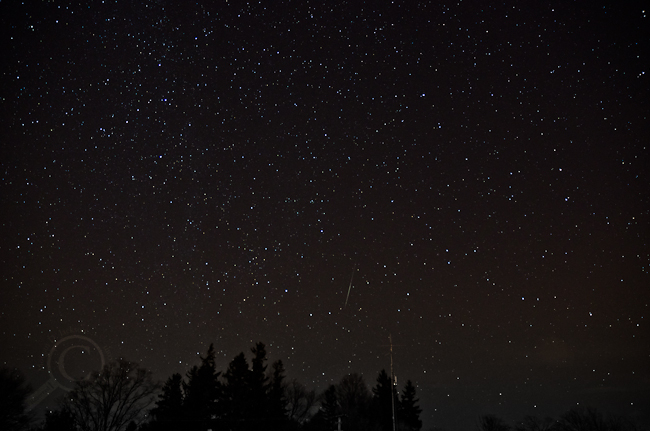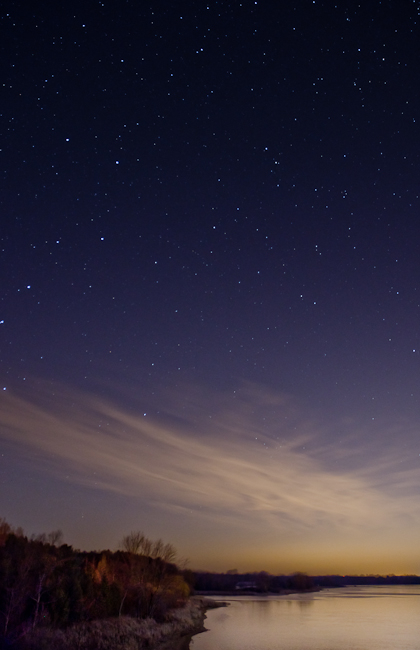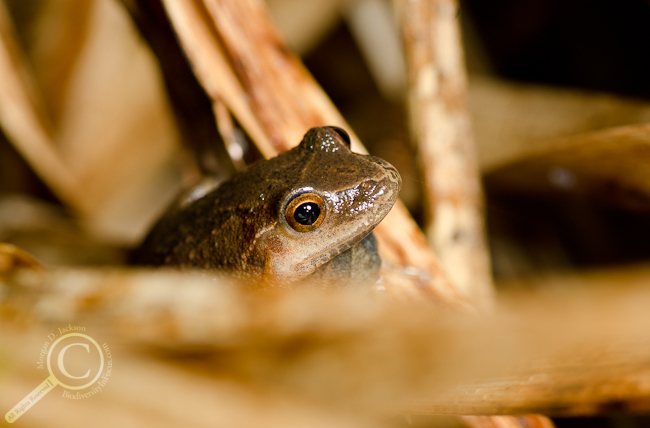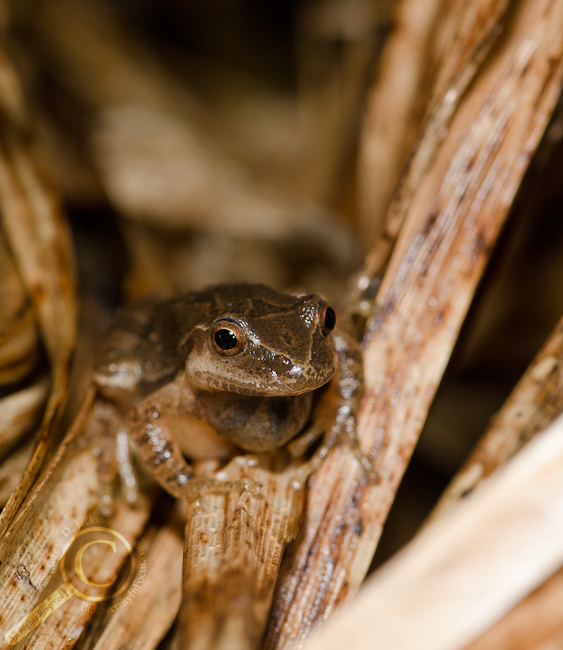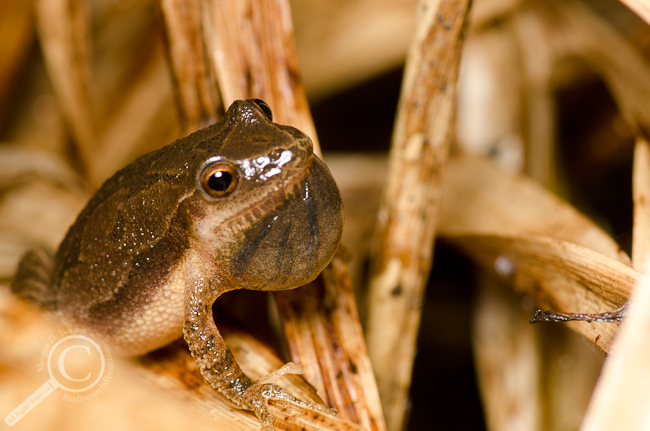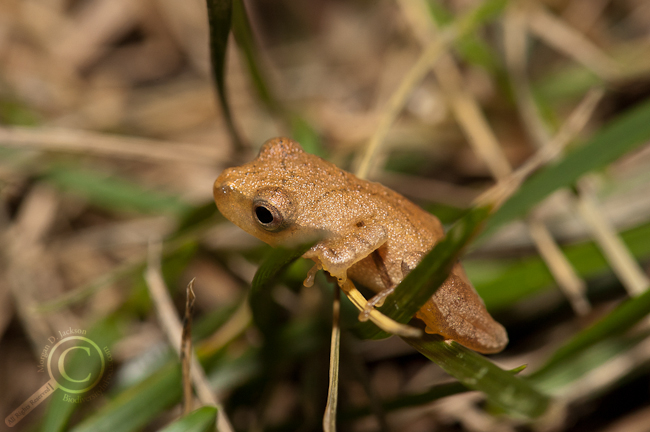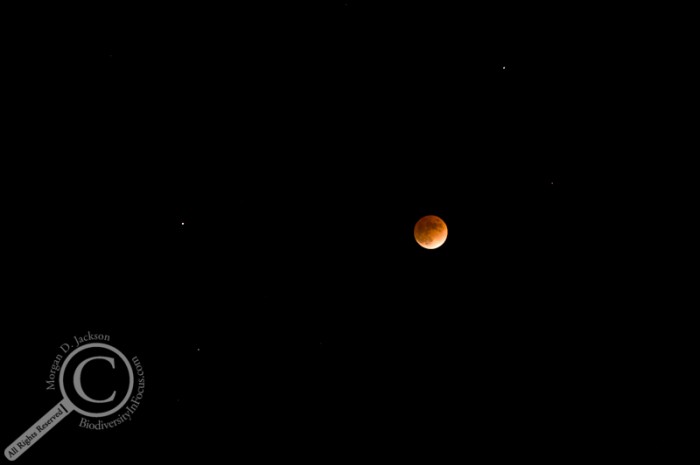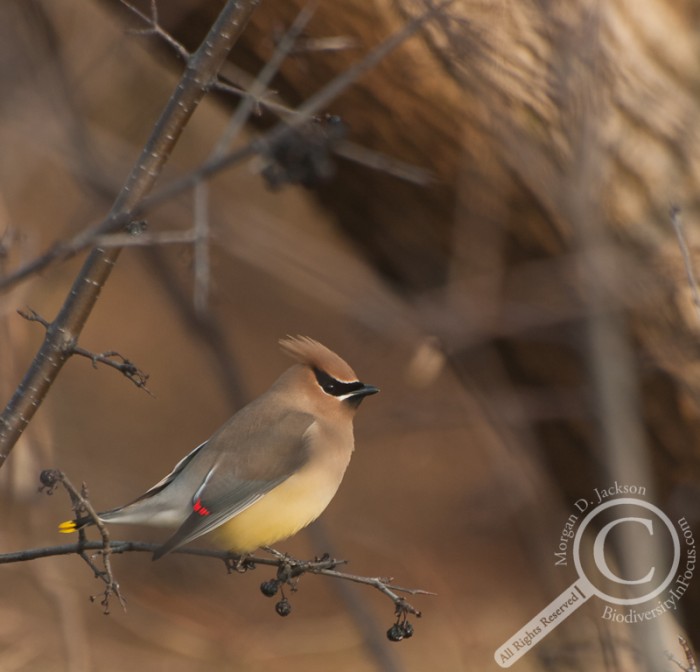I ventured out to Guelph Lake Thursday evening to observe and try to photograph this year’s Geminid meteor shower. For about an hour, from 12:30-1:30 AM, I sat on top of the dam and watched as more than 50 pieces of ancient asteroid burned up in Earth’s atmosphere. It was one of the most spectacular meteor showers I’ve witnessed, and was well worth bundling up and staying out late!
While just witnessing this year’s Geminid Meteor shower was exciting, I was finally able to capture a few pieces of the doomed asteroid on camera.
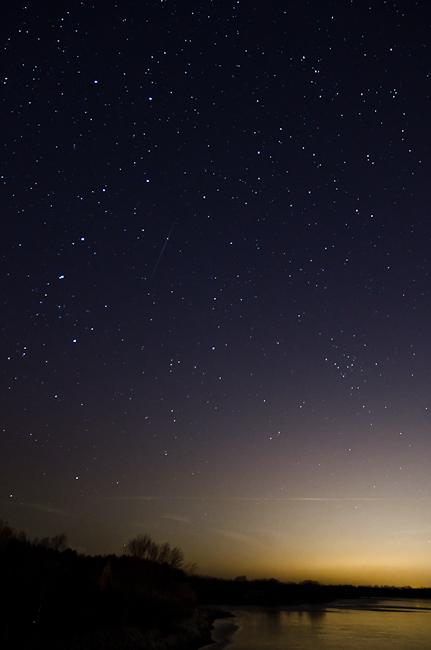
Faint Geminid Meteor (just to the left of centre, parallel to the Big Dipper) over Guelph Lake – East – 2012
Guelph Lake is a mere 5 minutes outside of the city of Guelph, and as you can see in the second photo, there is plenty of light pollution affecting our view of the sky (that big yellow glow is the Greater Toronto Area off in the distance). Luckily there are some places that still enjoy dark night skies, but for the most part they require some dedication and travel to get to.
Phil Plait (aka @BadAstronomer) has some beautiful photos of the Geminids shared by his readers over at his blog Bad Astronomy.
Photos captured with a Nikon D700 & Nikkor 18-70mm lens (F3.5, 20 secs, ISO 500, Tripod).

